Abiotic Factors – Water Conditions
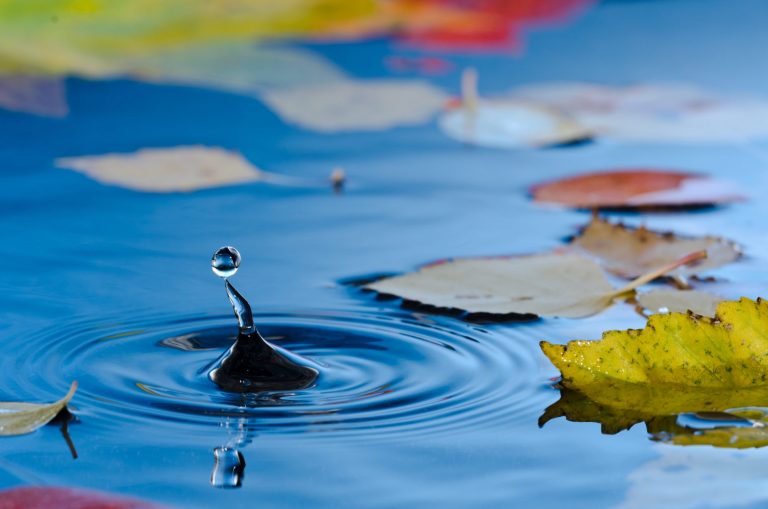
Disturbance on a still water
Evidently, the light and heat from the sun play an important role in providing suitable conditions. However, the water conditions also inevitably have an effect on life in the ecosystem.
A still body of water will inevitably be disturbed by various factors, which will affect the distribution of organisms in the water. Wind is considered to be the prime factor responsible for disturbing water, though changes in temperature can create convection currents where temperature is evened out across the body of water via this movement.
Naturally, a river will have water movement as water succumbs to gravity and moves downstream. These are relatively constant factors that affect water movement though, for example, human intervention can also cause water movement. The surface tension of the water will also affect the organisms that occupy the area, depending on the cohesion of water at the surface, it can affect the amount of oxygen that reaches organisms living below the water surface.
These factors all affect the way of life for organisms occupying such a freshwater ecosystem. On a more molecular level, the chemical compositions of the water, soil and surrounding air also play a part in determining the face of the ecosystem.
The oxygen concentration of the water and the surrounding air will have great bearing on which organisms can survive in a particular environment. Oxygen is required for aerobic respiration in animals, and the concentration of oxygen in an area is determined by many factors, including temperature and abundance of organisms for example.
Many chemical reactions and cellular processes rely on the availability of oxygen, therefore the concentration of oxygen in the ecosystem will inevitably alter the ecosystem itself. The same applies to carbon dioxide concentration. CO2 is required for photosynthesis, and can also affect the pH of the water for example.
As you can see, many factors will affect the overall existence of organisms in an ecosystem. The chemical and physical characteristics, to begin with, will determine which organisms are most likely to survive in the freshwater ecosystem. In turn, these pioneers entering the environment will actively manipulate these factors and change the schematics of the ecosystem as a whole, meaning that they also play a part in determining which organisms will succeed in a particular environment.
The study of ecology in freshwater is usually divided into 2 categories, lentic (still) and lotic (running) water. These two bodies of water also have a bearing on which organisms are likely to occupy the area. The succeeding tutorials will separate these two categories of freshwater and investigate how they affect the life which lives in them.
You will also like...
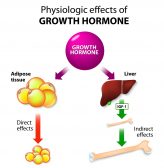
Animal Growth Hormones
Hormones are produced in the endocrine glands of animals. The pituitary gland and hypothalamus are the most impor..
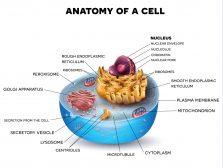
Biological Cell Introduction
It only takes one biological cell to create an organism. A single cell is able to keep itself functional through its 'mi..
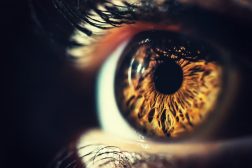
Human Perception – Neurology
This tutorial investigates perception as two people can interpret the same thing differently. Know more about human perc..
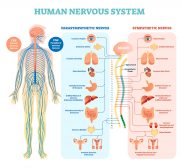
The Human Nervous System
The nervous system is essentially a biological information highway. This tutorial gives an overview of the nervous syste..
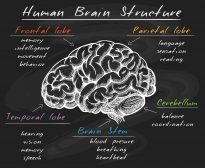
The Conscious & Unconscious Nervous System
This tutorial elaborates on how the nervous system works, particularly at the tissue level of the brain. There are three..
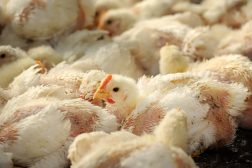
Selective Breeding
Gregor Mendel's studies into Monohybrid and Dihybrid crossing and Charles Darwin's study of evolution and natural select..
